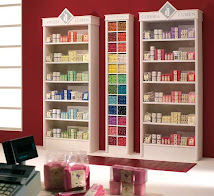A Better Way to Think About Your Business Model

Alexander Osterwalder is cofounder of Strategyzer.com, a company that builds practical tools for business strategy and innovation. He is also the author of bestsellers Business Model Generation and Value Proposition Design.
The business model canvas — as opposed to the traditional, intricate business plan — helps organizations conduct structured, tangible, and strategic conversations around new businesses or existing ones. Leading global companies like GE, P&G, and Nestlé use the canvas to manage strategy or create new growth engines, while start-ups use it in their search for the right business model. The canvas’s main objective is to help companies move beyond product-centric thinking and towards business model thinking.
To start, it lets you look at all nine building blocks of your business on one page:
Each of these nine components contains a series of hypotheses about your business model that you need to test (click or tap for a bigger version):
Nespresso, a fully owned daughter company of Nestlé, is a great example of a powerful business model. It changed the face of the coffee industry by turning a transactional business (selling coffee through retail) into one with recurring revenues (selling proprietary pods through direct channels). Here’s what their strategy looks like on the canvas (full-screen mode works best):
The canvas is one of the three key principles of the lean start-up approach. For the other two, read Steve Blank’s May 2013 article “Why the Lean Start-Up Changes Everything.”















沒有留言:
張貼留言